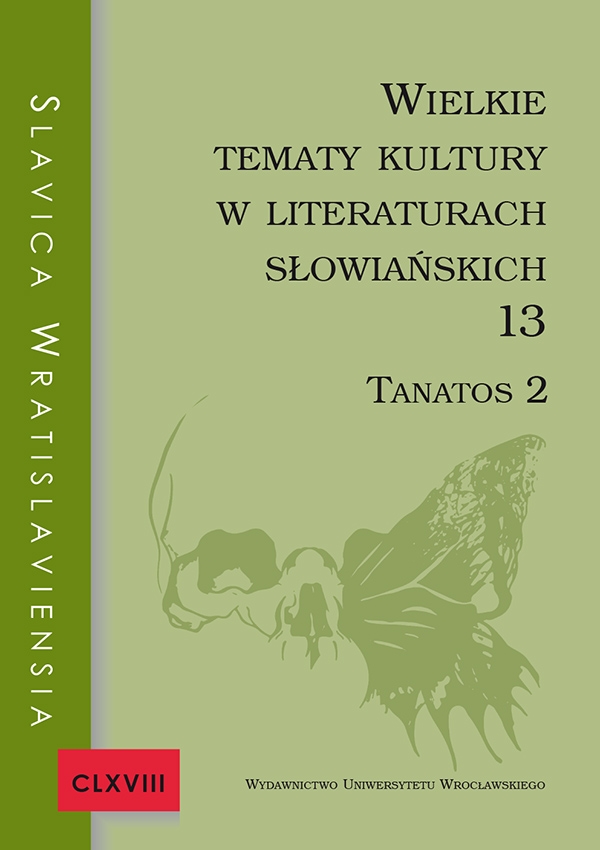

Literatury Słowiańszczyzny zachodniej

Eros and Thanatos: Permanent and complementary leitmotifs of novels by Jakuba Katalpa
The article follows, at first in general terms, the depiction of the motive of death and dying in literature and culture, including the transformation of the attitude of man towards death in the context of time. It emphasizes the interdisciplinary nature of the subject and mentions relevant professional literature. The study then examines the psychoanalytic concepts of Eros and Thanatos, the instincts of life and death that emerge from the prose of Jakuba Katalpa and make her work original. It also notes the concept of “female writing” and deconstructivism and reveals the specific artistic features of her novels. Among other things, it reflects on the post-war expulsion of the Sudeten Germans and its perception by the younger generation.
Эрос и танатос — постоянные и взаимодополняющие лейтмотивы прозы Якубы Каталпы
В статье представлена специфика изображения темы смерти и умирания в литературе и культуре, в том числе показаны изменения отношения человека к смерти в современном мире. Подчеркивается междисциплинарный характер исследуемой темы и приводятся посвященные ей научные работы. Анализируются психоаналитические понятия „Эрос” и „Tанатос”, т. е. инстинкты жизни и смерти. Мотивы Эроса и Танатоса прослеживаются в прозе писательницы Якубы Каталпы, обращение к исследуемым мотивам придает оригинальное звучание ее произведениям. В статье также рассматриваются концепции деконструктивизма и женского творчества, анализируются специфические художественные особенности романов, написанных авторами-женщинами. Автор также обращается к проблеме депортации судетских немцев и восприятию этой проблемы молодым поколением.